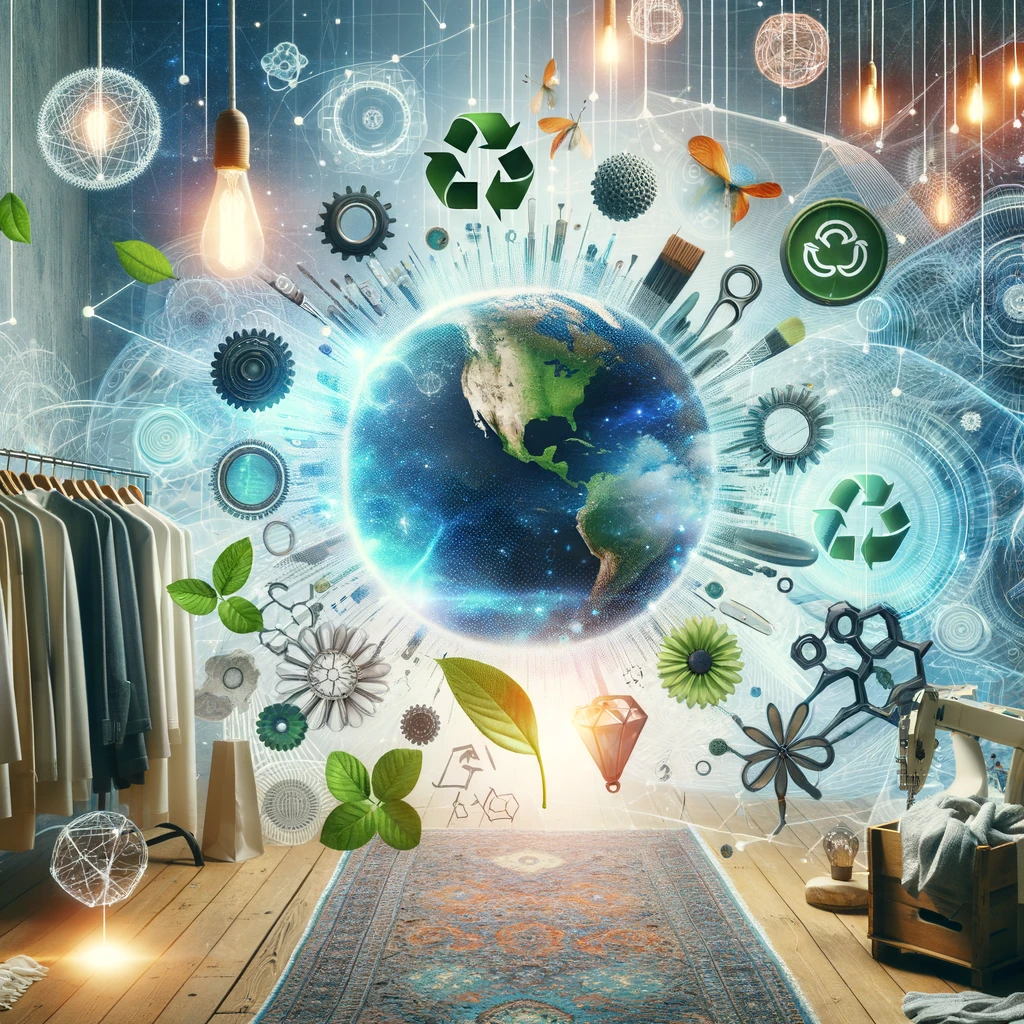In an era where sustainability has become a beacon for innovation, the fashion industry is on a transformative journey toward greener pastures. This article explores the dynamic shift towards sustainable textile production, highlighting its significance and the promising advancements paving the way for a more eco-friendly future in fashion.
Why Sustainable Textile Production Matters
Our planet is at a pivotal crossroads, with the fashion industry playing a significant role in the problem and the solution to environmental degradation. Traditional textile production methods are resource-intensive, relying heavily on water, chemicals, and energy, leading to substantial environmental impact.
Moreover, the industry’s carbon footprint is staggering, contributing to climate change at an alarming rate. However, there’s a silver lining – sustainable textile production. This approach mitigates environmental damage and fosters economic and social benefits, creating a harmonious balance between meeting our present needs and ensuring the well-being of future generations.
The Shift Towards Sustainability
The journey toward sustainable textile production involves adopting eco-friendly materials, innovative technologies, and circular economy principles. Here, we delve into the key components that are shaping the future of fashion:
1. Eco-friendly Materials: Organic, recycled, and alternative fibers are rising. Organic cotton, bamboo, hemp, and recycled polyester are becoming popular for their minimal environmental footprint. These materials require less water and chemicals, promoting a healthier ecosystem.
2. Innovative Technologies: Technological advancements are revolutionizing the way textiles are produced. Digital printing reduces water and dye usage, while closed-loop systems recycle water and chemicals, minimizing waste. Moreover, breakthroughs in fabrication, such as lab-grown leather and spider silk, offer sustainable alternatives to traditional materials.
3. Circular Economy: Embracing a circular economy is crucial for sustainable textile production. This model focuses on designing products for longevity, reuse, and recyclability, effectively reducing waste and extending garments’ lifecycles.
4. Transparency and Traceability: Consumers increasingly demand transparency in the fashion supply chain. Brands are responding by implementing traceability systems that allow consumers to know the origin, materials, and environmental impact of their clothing, fostering a culture of accountability and informed choices.
Challenges and Opportunities
While the shift towards sustainable textile production is promising, it has challenges. Significant hurdles include the high cost of sustainable materials and technologies, consumer skepticism, and the need for industry-wide collaboration. However, these challenges also present opportunities for innovation, market differentiation, and leadership in sustainability.
The Road Ahead
The journey toward sustainable textile production is an ongoing process that requires the collective effort of designers, manufacturers, brands, and consumers. The fashion industry can significantly reduce its environmental footprint by prioritizing eco-friendly materials, embracing innovation, adopting circular economy principles, and fostering transparency. As we move forward, it’s clear that sustainability is not just a trend but a necessity, shaping the future of fashion for the better.
In conclusion, unraveling the future of fashion reveals a hopeful vision of sustainability and innovation. The journey towards sustainable textile production is both a challenge and an opportunity to redefine the industry, making it more eco-friendly, ethical, and inclusive. As consumers, our choices matter. By supporting brands that prioritize sustainability, we can all play a part in creating a more sustainable future for fashion.

